
AerodynamicInfluencesofHigh-SpeedTrains 精装
¥ 50 2.8折 ¥ 180 九品
仅1件
四川成都
认证卖家担保交易快速发货售后保障
作者李人宪 著
出版社中国铁道出版社
出版时间2019-12
版次1
装帧精装
货号M4-6
上书时间2024-10-22
- 店主推荐
- 最新上架
商品详情
- 品相描述:九品
图书标准信息
- 作者 李人宪 著
- 出版社 中国铁道出版社
- 出版时间 2019-12
- 版次 1
- ISBN 9787113263737
- 定价 180.00元
- 装帧 精装
- 开本 16开
- 纸张 胶版纸
- 页数 396页
- 【内容简介】
-
Withthecontinuousimprovementoftheoperationspeedofhigh-speedrailways,theadverseeffectsoftheaerodynamicimpactontralnoperation,tunnelmaintenance,railwayserviceliteandthesafetyofroadsidepersonnelareincreasinglyprominent.Thisbookusesnumericalcalculationmethodstodiscussnineaerodynamicproblemnsofhigh-speedtrainthataredifficulttostudyusingrealmeasurementandwindtunnelmodeltestmethods.
Thisbookcanbeusedasareferenceforteachers.studentsanddesignresearchersinthefieldofhigh-speedtrainaerodynamics. - 【作者简介】
- 李人宪,1982年毕业于西安交通大学,获学士学位;之后到西南交通大学任教。1988年获工学硕士学位,1998年获工学博士学位。2002~2003年在瑞士联邦苏黎世理工学院做访问学者,2005年受英语皇家学会资助在剑桥大学作短期科学研究。现任西南交通大学机械工程学院教授,博士研究生导师。主要从事内燃机性能和车辆空气动力学领域的研究,主持完成多项*家级、省部级和企业委托的科研项目。已发表研究论文100余篇,主编出版图书4本。
- 【目录】
-
1. Introduction
References
2. Change of the Pressure Wave as Two Trains Opposite Meeting Pass on Open Line
2.1 Problem Statement
2.2 Research Methods
2.3 Analytical Model
2.4 Model Verification
2.5 Calculation and Analysis
2.6 Comparison of the Pressure Waves Generated by Different Shapes of the Train Head
2.7 Conclusions
References
3. Pressure Wave Generated as Two Trains Opposite Meet in a Tunnel
3.1 Problem Statement
3.2 Research Methods
3.3 Three-Dimensional Simulation Analysis
3.4 Estimation of the Maximum Negative Pressure
3.5 Tunnel Critical Length and the Most Unfavorable Length when Two Trains Meet
3.6 Conclusions
References
4. Aerodynamic Forces Generated as Two Trains Running in Opposite Directions Meet
4.1 Problem Statement
4.2 Research Methods
4.3 Computation Model and Basic Assumptions
4.4 Aerodynamic Forces Generated as Two Trains Meet on Open Line
4.5 Aerodynamic Forces Generated as Two Trains Meet in a Tunnel
4.5 Conclusions
References
5. The Aerodynamic Effect of a Train Passing Through a Tunnel
5.1 Problem Statement
5.2 Research Methods
5.3 Analysis of Air Pressure Change as a Train Passes Through a Tunnel
5.4 The Most Unfavorable Tunnel Length as a Train Passes Through a Tunnel
5.5 Analysis of the Aerodynamic Effects of the Hood of the Tunnel
5.6 Aerodynamic Forces When a Train Passes Through a Double-Line Tunnel
5.7 Propagation of the Compression Wave in Long Tunnel
5.8 Conclusions
References
6. Aerodynamic Effects of Train-Induced Airflow on Pedestrians
6.1 Problem Statement
6.2 Research Methods
6.3 Analysis Models
6.4 Results Analysis of the Numerical Calculation
6.5 The Relationship of the Aerodynamic Force with the Train Speed and the Distance and Train Shapes
6.6 Conclusions and Suggestion
References
7. Impact of Crosswind on Train Operation
7.1 Problem Statement
7.2 Research Methods
7.3 Calculation Model and Train Operating Conditions
7.4 Crosswind Loads on Trains Without Windshields
7.5 Analysis of the Role of Windshields on Straight Railways
7.6 Analysis of the Optimal Height and Distance of the Windshield on Curve Railways
7.7 Conclusions
References
8. Aerodynamic Effect of High-Speed Trains on the Windshield or Sound Barrier
8.1 Problem Statement
8.2 Research Methods
8.3 The Aerodynamic Load on the Sound Barrier
8.4 Strength Calculation of the Support Structure of the Sound Barrier
8.5 Fatigue Life Estimation of the Support Structure of the Sound Barrier
8.6 Conclusions
References
9. Internal Flow Field of High-Speed Air-Conditioning Train
9.1 Problem Statement
9.2 Research Methods
9.3 Location of Fresh Air Inlets and Waste Exhaust Outlets
9.4 Calculation of Air Parameters in Passenger Car
9.5 Design Specification of Air Parameters and the Evaluation of Thermal Comfort in the Passenger Car
9.6 Comparison of Two Types of Air-Conditioning Systems
9.7 Impact of Sudden Changes in External Pressure on the Interior Environment of the Carriage
9.8 Conclusions
References
10. External Aerodynamic Noise of High-Speed Train
10.1 Problem Statement
10.2 Research Methods
10.3 Numerical Analysis of External Sound Field of High-Speed Trains
10.4 The Far Field Aerodynamic Noise Including Quadrupole Sources
10.5 Calculation of the Sound Field caused by Micro-Pressure Wave
10.6 Conclusions
References
Appendix A: Tables Index
Appendix B: Illustration Index
Appendix C: Related papers published by Author in Recent Years
点击展开
点击收起
— 没有更多了 —










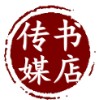

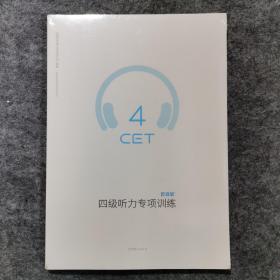
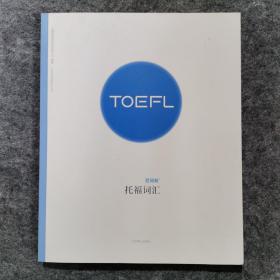

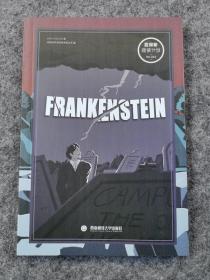



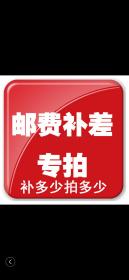










以下为对购买帮助不大的评价